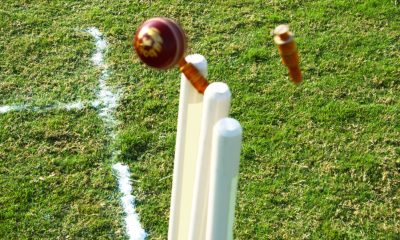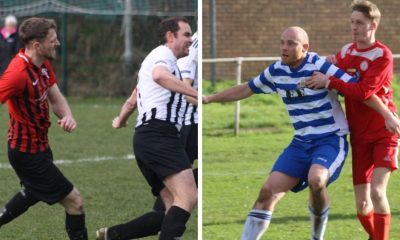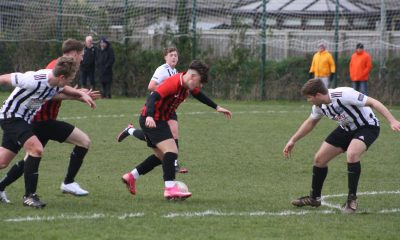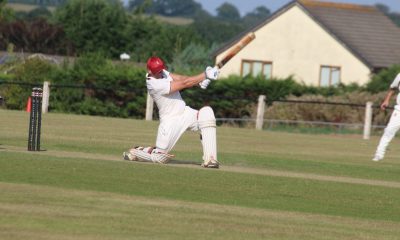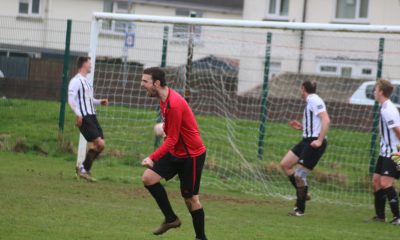Sport
Neyland seal Village Cup progress after winning Dyfed area final
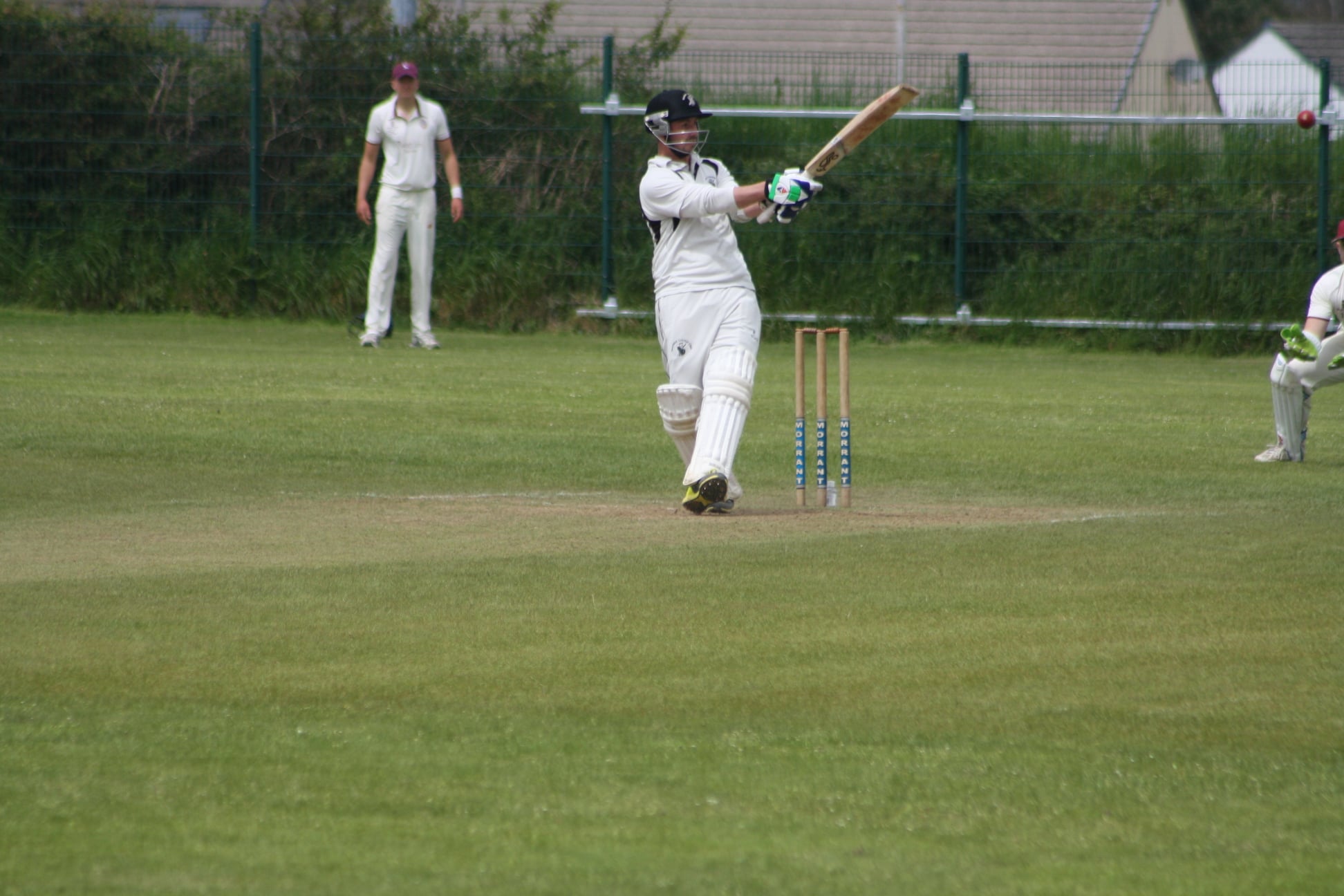
NEYLAND’s Village Cup journey will continue after they beat Cresselly in the Dyfea area final on Sunday (Jun 6).
Having already beaten Lawrenny in the previous round, Neyland faced a Cresselly side who came into the game off the back of a big league win over St Ishmaels on Saturday.
Neyland won the toss and elected to bat on home soil but they lost Patrick Bellerby early on when he was caught by Alex Bayley off the bowling of Ryan Lewis.
Nick Koomen and Ashley Sutton then shared 70 runs for the second wicket to put the home side in a good position.
Cresselly hit back though as Simon Cole bowled Sutton on a score of 24 and soon after, he also had Ross Hardy stumped by Jamie Goldsworthy.
That left Neyland on 96-3 but Koomen and Nathan Banner shared another 70 runs for the fourth wicket as they kept the scoreboard ticking over.
Koomen hit eight fours in his score of 81 but he was then caught by Matthew Morgan off the bowling of Tom Murphy.
Tom Arthur the bowled Brad McDermott-Jenkins for a duck but Nathan Banner began to take over as he reached his half century to push Neyland towards 200 runs.
Banner then reached his 50 and he had good support from Sean Hannon who scored 16 from 15 balls.
Hannon was caught by Morgan off the bowling of Murphy and soon after his brother Patrick was caught by Goldsworthy off Murphy.
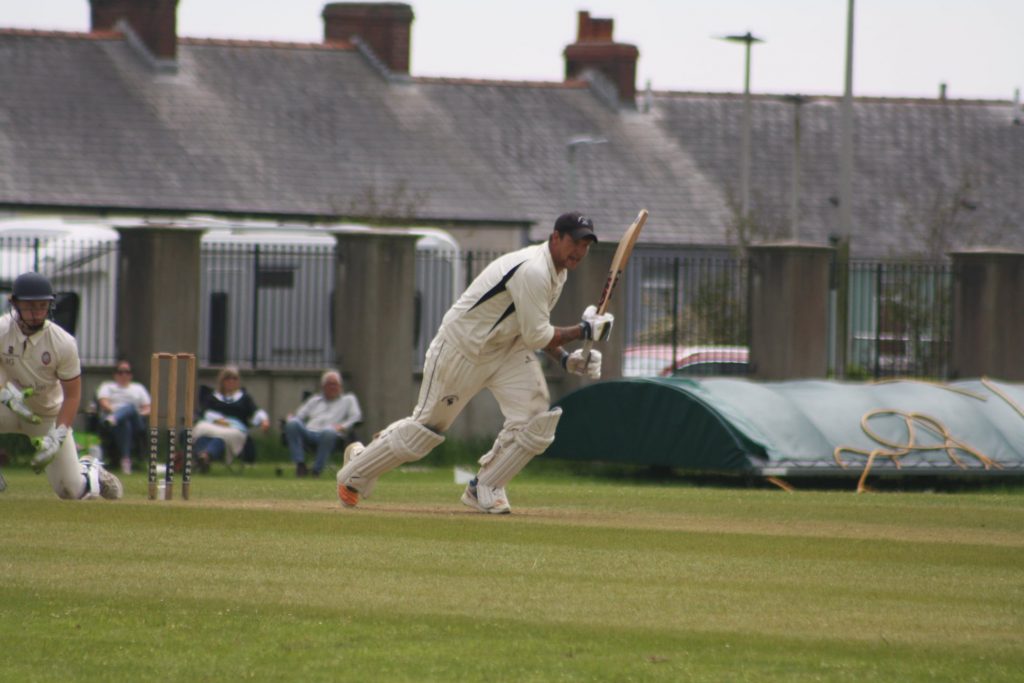
Banner made his way to a score of 75 from 55 balls after hitting seven fours and a six but he was caught by Izzard off the bowling of Arthur with the last ball of the innings.
It meant that Cresselly would need 228 to win the game but they lost both openers early in their reply.
Phil Williams was the first man out as he was caught by Lewis Page off the bowling of Patrick Hannon.
Morgan made a score of 21 but Hannon trapped him leg before wicket to leave the visitors on 36-2.
Simon Cole and Iwan Izzard then shared 54 runs for the third wicket as they looked to keep their side in the game and up with the required run rate.
Cole reached 22 before he hit the ball to Jack John to give McDermott-Jenkins his first wicket of the game.
Izzard then reached his half century as hopes of a Cresselly victory began to depend on whether or not he could stay in the middle.
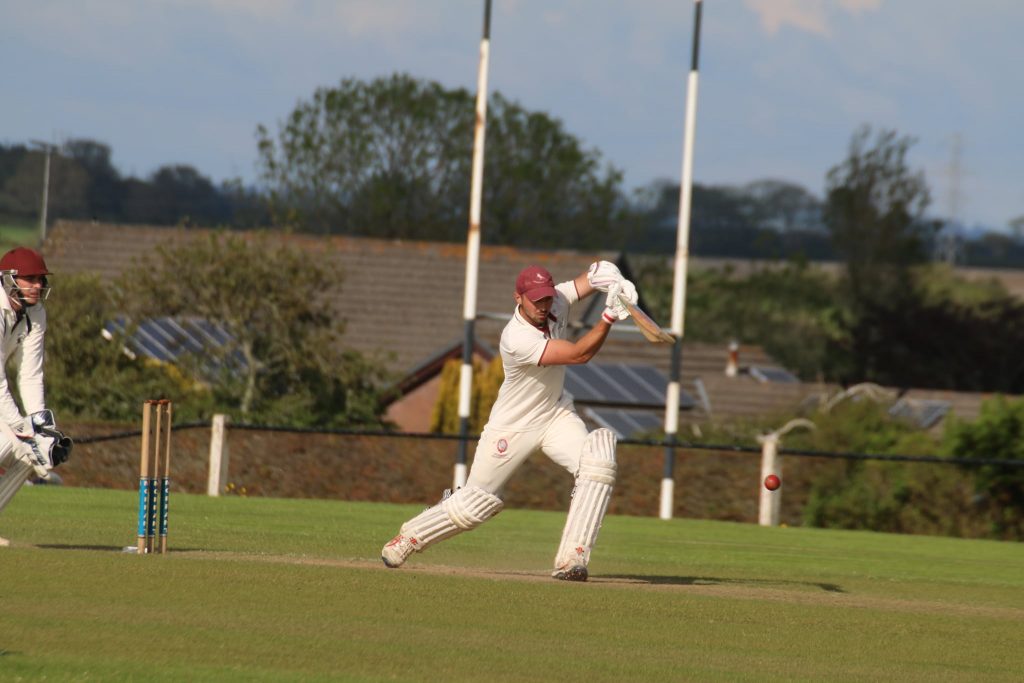
However, having reached a score of 51 he then hit the ball to George Evans on the boundary who took the catch to give Koomen his first wicket.
It was a big blow to Cresselly who soon found themselves five down when Alex Bayley was bowled by McDermott-Jenkins on a score of 21.
Ryan Lewis was doing his best to keep his team in the game but he saw Dan James suffer the same fate as Bayley.
Lewis hit three sixes in a score of 29 from 17 balls but he was caught by Bellerby off the bowling of Koomen.
Bellerby also ran out Tom Murphy late on as Cresselly’s chance of victory slipped away.
They finished on 189-8 to give Neyland victory by 38 runs. Neyland now go on in the competition with the draw for the next round yet to be made.
News
WRU explores potential Anglo-Welsh rugby competition

THE WRU is actively exploring the possibility of a future Anglo-Welsh competition. Multiple sources from both England and Wales have confirmed that preliminary discussions have occurred between key figures on both sides of the Severn Bridge.
Currently, the WRU is still under contract with the United Rugby Championship (URC) for a few more years, where it also holds stakeholder status. One proposal under consideration involves merging the URC with the Gallagher Premiership to create an Anglo-Welsh conference.
WRU Chairman Richard Collier-Keywood, when questioned about these talks by Wales Online, refrained from commenting directly but acknowledged the interest. “I’m totally aware that most Welsh people would want competition against England, and that does feel like a good direction of travel,” he said.
“At present, we remain committed to the URC. There are downsides and positives to the URC, and we aim to enhance the situation from a Welsh perspective. Our priority is to ensure stability for our four clubs and secure a sound future for them over the coming years. Once this is achieved, we can revisit and discuss future goals.”
Within Welsh rugby circles, there is a strong desire for more regular Anglo-Welsh fixtures. The URC has struggled to engage the broader public, and fixtures with English clubs would likely be more appealing and cost-effective compared to trips to South Africa or Ireland. Increased regular attendance is also anticipated.
“I’m totally cognisant that most Welsh people would want jeopardy against England, and most English people would want jeopardy against Wales,” Collier-Keywood continued. “However, we are currently committed to the URC for a few more years. It’s early days, but all options are on the table. There are benefits and downsides to the URC, and we aim to improve the situation from a Welsh rugby perspective.”
The WRU’s primary goal is to ensure the survival of its four professional clubs – Cardiff, Dragons, Ospreys, and Scarlets – which face an estimated £29 million funding gap over the next five years. Previously, the WRU indicated that without a plan to bridge this funding gap by autumn, they would consider triggering the two-year notice clause on the Professional Rugby Agreement. This could mean cutting a team or implementing a tiered funding model. However, Collier-Keywood insists that retaining all four professional clubs remains the WRU’s priority.
“The arrangements we are looking at with the clubs retain four teams,” he said. “This is our stated objective because we believe four teams are necessary to consistently achieve our goal of being in the top five in the world. Reducing the number of teams would make this objective more challenging.
“The gaps mentioned are the figures we believe need bridging to maintain four competitive teams. These numbers reflect the stretch goals for our teams to be competitive in their competitions. I am optimistic we will reach this goal. We have positive engagement with the four clubs. While it’s not solely the WRU’s decision, as the clubs are privately owned, we are in good and positive dialogue to reach a favourable outcome.”
Collier-Keywood also called on regional team fans to support their teams. “The biggest thing fans can do to help is to attend matches. I recognise it’s a virtuous circle – if your team is winning and performing well, you’re more likely to attend. We need to boost our supporter base, make it vibrant, and have them present at matches.”
All four professional clubs are currently bound by a salary cap of £4.5 million, with allowances for two marquee signings outside the cap. Collier-Keywood is optimistic about increased funding for the clubs in the near future. “Absolutely, I do,” he said when asked about the potential for increased funding. “While it’s a tough ask for the very next season, we aim to ensure our teams are competitive in the years to come.”
The WRU’s exploration of an Anglo-Welsh competition represents a potential shift in the rugby landscape, promising exciting prospects for both Welsh and English rugby fans.
News
Former Welsh rugby star on trial for assaulting primary school pupil
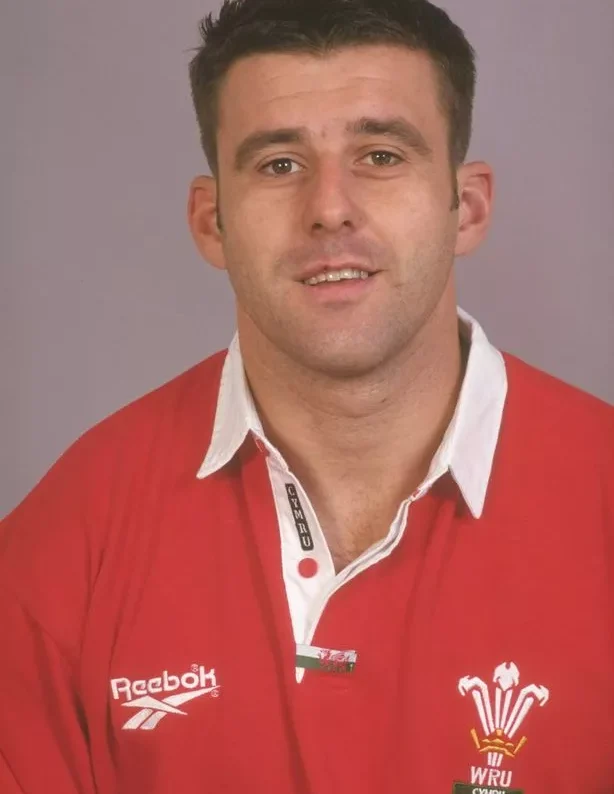
A former international rugby star, Matthew Back, stands accused of assaulting a primary school pupil by grabbing him so hard it left marks on his arm. The court heard that Back, 53, who played four times for Wales, was employed as a teacher when the alleged incident took place.
Prosecutor Christopher Evans outlined the case, stating that Back manhandled the child, resulting in a bruise after he forcibly took drawings away from him in the classroom. Evans argued that Back “lost control” during the altercation, mishandling the situation severely.
“Back manhandled the child. He handled the situation completely the wrong way,” Evans asserted. He further claimed that Back “didn’t de-escalate” the situation but instead “lost control on a small child.”
The court heard that the boy had been instructed to draw following a separate incident with another child. However, he rolled the paper into a “comical shape,” prompting Back to snatch the paper away. In response, the child lashed out at teaching assistants and was subsequently placed on a sofa for a “time out.”
Testimony revealed that Back kept the boy on the sofa, preventing him from leaving until he had calmed down and could be taken home. The child’s mother reported that he returned from school late, “very angry and very agitated.” Later that evening, the boy’s father discovered bruising on his arm.
When questioned by the parents, Back initially denied any knowledge of the incident, suggesting the marks could have been caused by the boy hiding in a small space or engaging in “rough and tumble” with other children. However, he later acknowledged that an incident had occurred and the child had been moved to the sofa.
Harriet Ealdon, defending, presented the court with messages exchanged between Back and the boy’s mother, illustrating their cooperative efforts to address the child’s behavioural needs. In one message, Back expressed pleasure in teaching the boy, to which the mother responded positively, noting her son’s excitement to attend school. Another message highlighted the “great teamwork” between them.
The court also heard that the child had been involved in 50 documented incidents at the school, all of which had been communicated to the parents—except for the alleged assault in question. The parents documented the bruise with multiple photographs taken over several days, leading them to raise concerns with the school. This prompted an investigation and the suspension of Back and two other individuals.
Matthew Back, hailing from Miskin, Pontyclun, Rhondda Cynon Taf, denies the charge of assault. Back, who won four caps for Wales in 1995, has a notable rugby career, having played for Pontypridd, Bridgend, Swansea, Bristol, and Aberavon.
The trial, presided over by Recorder Bruce Gardiner, continues.
News
Haverfordwest County AFC launch 2024-25 away kit
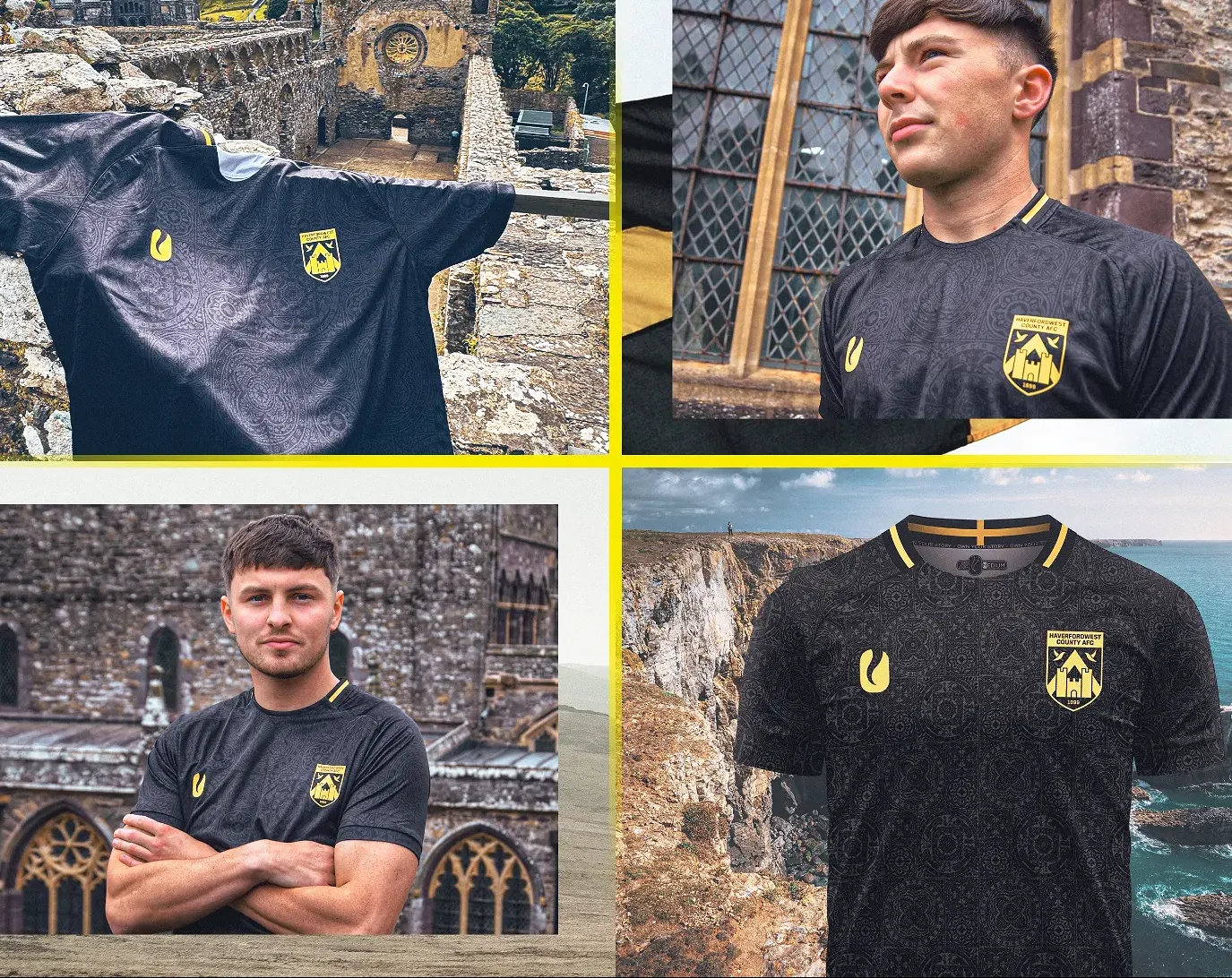
Haverfordwest County AFC have said this week that they are delighted to launch our away kit for the 2024-25 season.
Inspired by the history and heritage of Pembrokeshire, the shirt features the colours of the flag of St David, which is universally recognised and proudly flown at the Ogi Bridge Meadow. The flag itself is featured across the back of the collar.
The unique design will ensure that we represent the county on our travels around Wales throughout the season, while also enabling us to stand out on the field.
The shorts will be all-black, while the socks will be all-black with two yellow stripes at the top and a yellow Bluebird in the middle.
As is the case with the home shirt, the Haverfordwest County AFC and Tor Sports logos are printed in the top left and top right of the shirt respectively, while our ‘Playing For Pembrokeshire’ logo is featured in the bottom left corner.
You can purchase the new away shirt by visiting their club shop on Tor Sports by clicking here.
-

 Education5 days ago
Education5 days agoMilford Tesco worker achieves Oxford dream and lands top legal job
-

 Crime4 days ago
Crime4 days agoHaverfordwest man admits having nearly 1000 child and animal images
-

 Crime4 days ago
Crime4 days agoYouth set to appear in court over serious sexual offences
-

 Crime4 days ago
Crime4 days agoPolice investigating after man injured during altercation in cemetery
-

 Education4 days ago
Education4 days agoPupils delight in ice cream treat from Pembrokeshire’s number one van
-

 Crime4 days ago
Crime4 days agoTown centre ‘stinking of skunk’ as police strip cannabis farm
-
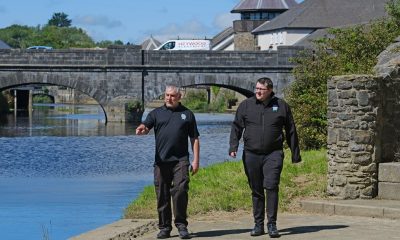
 Crime3 days ago
Crime3 days agoFag-butt police court summonses spark debate in Pembrokeshire
-
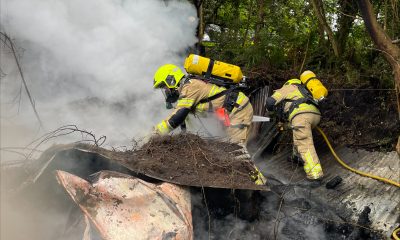
 News6 days ago
News6 days agoProposal to give firefighters a council tax discount to go to Cabinet






